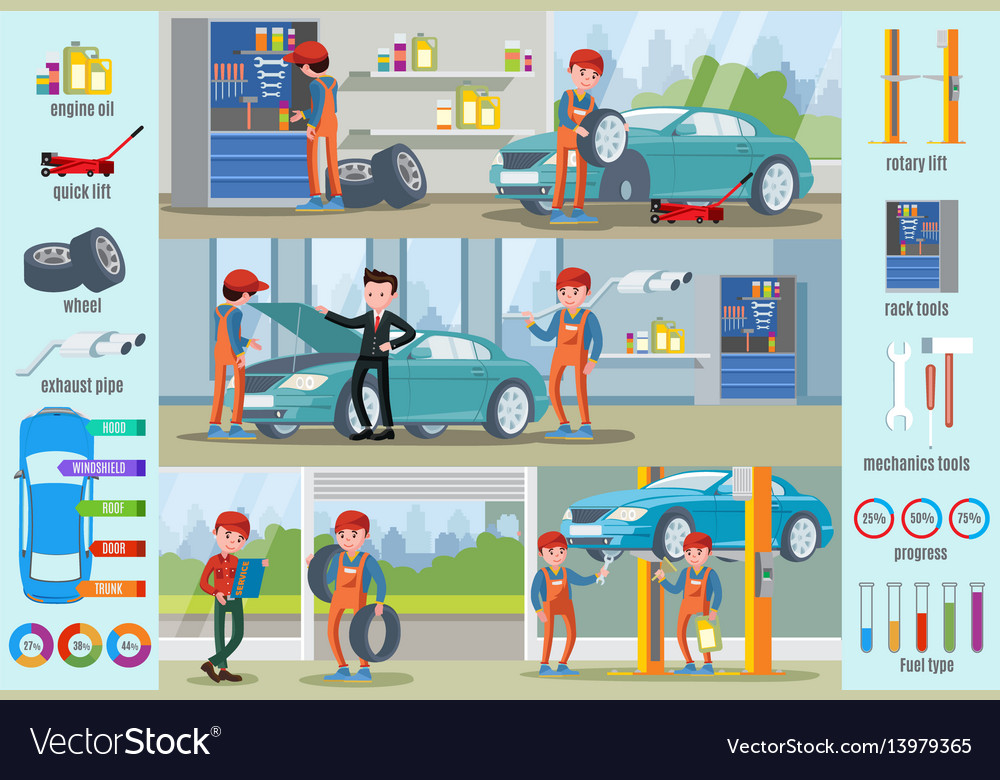When you're behind the wheel, those radiant warning lights on your control panel can be a little bit puzzling. Do you know what they're attempting to inform you regarding your car's wellness? Comprehending the importance of these lights is vital for your security and the longevity of your vehicle. So, the next time one of those lights turns up, wouldn't you intend to understand its message properly and take the needed actions to address it?
Common Caution Lights and Interpretations
Identify typical caution lights in your car and recognize their meanings to guarantee secure driving.
One of the most common warning lights consist of the check engine light, which signifies concerns with the engine or exhausts system. If this light comes on, it's critical to have your vehicle inspected quickly.
The oil stress alerting light suggests reduced oil stress, requiring instant interest to stop engine damages.
A blinking battery light might recommend a defective charging system, possibly leaving you stranded if not addressed.
The tire stress surveillance system (TPMS) light informs you to low tire pressure, impacting vehicle security and gas effectiveness. Overlooking this can result in risky driving conditions.
The abdominal light shows an issue with the anti-lock stopping system, jeopardizing your capability to quit rapidly in emergency situations.
Last but not least, the coolant temperature alerting light warns of engine getting too hot, which can result in severe damage otherwise dealt with swiftly.
Comprehending these common caution lights will certainly assist you resolve problems without delay and keep risk-free driving conditions.
Importance of Prompt Attention
Understanding the common caution lights in your car is just the initial step; the significance of promptly attending to these warnings can't be highlighted sufficient to guarantee your safety and security when driving.
When a caution light brightens on your dashboard, it's your automobile's means of communicating a potential problem that requires attention. Disregarding these warnings can cause a lot more extreme problems later on, jeopardizing your safety and potentially costing you more out of commission.
Trigger interest to cautioning lights can protect against breakdowns and accidents. For instance, a blinking check engine light might suggest a misfire that, if left ignored, can cause damage to the catalytic converter. Resolving this without delay can conserve you from a pricey repair service.
Likewise, a brake system advising light may signify reduced brake fluid or used brake pads, vital parts for your safety and security when driving.
DIY Troubleshooting Tips
If you see a warning light on your dashboard, there are a couple of do it yourself troubleshooting suggestions you can try prior to seeking professional help.
The very first step is to consult your car's guidebook to recognize what the certain caution light indicates. Often the concern can be as easy as a loosened gas cap activating the check engine light. Tightening https://www.prnewswire.com/news-releases/fleetpride-acquires-portville-truck--auto-repair-of-portville-new-york-301506049.html may resolve the trouble.
An additional common concern is a reduced battery, which can set off different advising lights. Checking the battery connections for deterioration and guaranteeing they're secure could repair the trouble.
If a caution light continues, you can attempt resetting it by separating the car's battery for a few minutes and after that reconnecting it. In addition, checking your lorry's fluid degrees, such as oil, coolant, and brake liquid, can aid troubleshoot advising lights related to these systems.
car wash enar me
To conclude, recognizing your vehicle's warning lights is essential for keeping your car running smoothly and safely. By immediately attending to these alerts and understanding what they imply, you can prevent costly repair services and possible failures.
Keep in mind to consult your cars and truck's handbook for certain information on each advising light and do something about it appropriately to ensure a trouble-free driving experience.
Remain informed, stay safe on the road!
